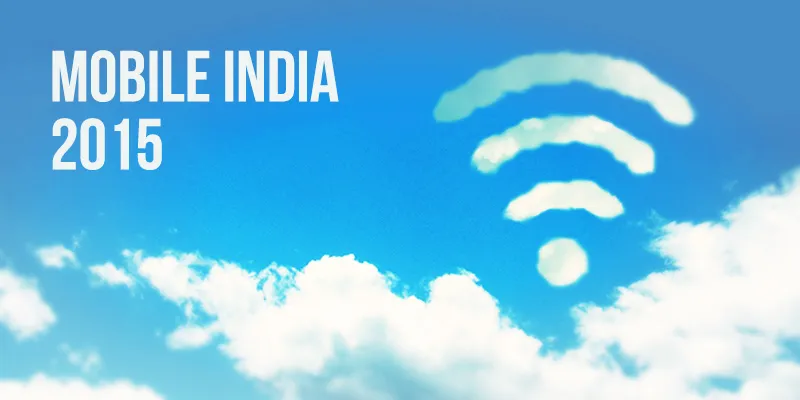The world is witnessing massive disruption in the definition and delivery of communication services. In India, we are about to witness Telecom 2.0, which is characterized by huge adoption of smartphones, ubiquitous wireless broadband connectivity, plethora of mobile enabled services and a large app and content community. However, for this scenario to materialize, the cards have to be played correctly by all concerned stakeholders: equipment makers, handset players, operators, regulatory authority and the policy maker.

Table 1: Status of Telecom Market in India
A quick look at the Table 1 on India’s telecom market indicates that though there are indications of increasing adoption of smartphones and broadband, we lag behind in almost all parameters, except on one. The affordability in India continues to beat the rest of the world by a huge margin.
Spectrum scarcity and the consequent high prices paid have been a nightmare to the operators. On the other hand, intense competition in the mobile sector, not witnessed in any other part of the world, has driven down the price of mobile services. Competition to the network operators is also coming from other quarters such as Over-The-Top (OTT) players who provide substitutable services such as internet telephony and internet messaging services.

Hello readers! Mobile is truly eating the world. With so much action happening in the world of Mobile and Apps et al, we bring to you MobileSparks 2014 (December 19, Bengaluru) - a conglomeration of all-things-mobile. We've an amazing lineup of speakers, with insights and content that you'll be able to convert into action. Book your spots right away.
However, given the huge expected growth in wireless broadband adoption and the new government’s thrust towards “Digital India”, operators are bracing themselves and are committing to build up next-generation network infrastructure. The National Telecom Policy (NTP) 2012 also aims to provide “Broadband on Demand” with a vision to strengthen e-governance and mobile governance in key social sectors such as health, education and agriculture. The “app economy” and the new generation start-up eco system are expected to give a boost to the growth of content and applications provisioning in the country.
In the erstwhile(!) voice market, the 10-12 operators in each service area operated almost in a competitive market place with an un-differentiated product. The firms were price takers, thus beneficial to the customers. However, unlike in the voice market, in wireless broadband, telcos can offer differentiated products and services, and price them smartly including congestion pricing and content based pricing methods. Though the rules of Net Neutrality hang above their head, there are opportunities for telcos to make the best use of the surging demand for broadband services.
Events such as the Mobile India 2015 conference on January 9 will bring together a range of experts to address these policy and infrastructure issues. With Unified License in place, there are opportunities for competitive access providers such as cable operators and pure-play Internet Service Providers (ISPs) to offer wired broadband as well.
About the author:
Dr. V. Sridhar is Professor, International Institute of Information Technology Bangalore. He is the author of the book, ‘The Telecom Revolution in India: Technology, Regulation and Policy,’ and co-author of ‘The Dynamics of Spectrum Management: Legacy, Technology, and Economics.’







